华丽版Pragmatics语用学 (Angela design)
- 格式:ppt
- 大小:1.45 MB
- 文档页数:32
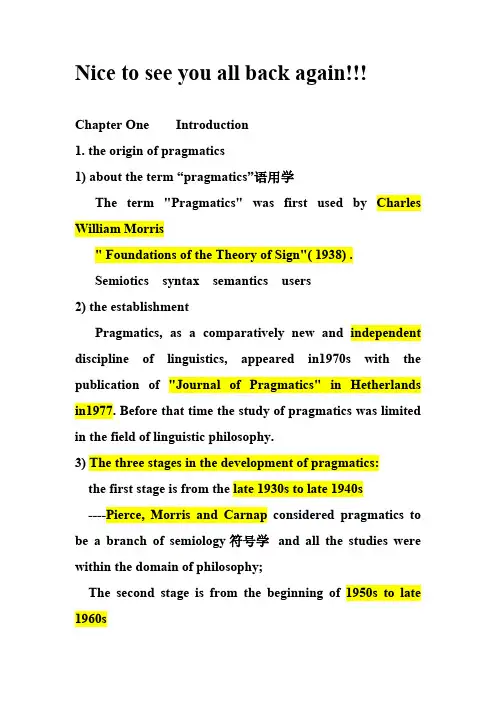
Nice to see you all back againChapter One Introduction1. the origin of pragmatics1) about the term “pragmatics”语用学The term "Pragmatics" was first used by Charles William Morris" Foundations of the Theory of Sign"( 1938) .Semiotics syntax semantics users2) the establishmentPragmatics, as a comparatively new and independent discipline of linguistics, appeared in1970s with the publication of "Journal of Pragmatics" in Hetherlands in1977. Before that time the study of pragmatics was limited in the field of linguistic philosophy.3) The three stages in the development of pragmatics:the first stage is from the late 1930s to late 1940s----Pierce, Morris and Carnap considered pragmatics to be a branch of semiology符号学and all the studies were within the domain of philosophy;The second stage is from the beginning of 1950s to late 1960s----Austin, Searle and Grice made studied on speech act and implicature theory, and their achievements sustained the basic theory of pragmatics. The studies were still within the domain of philosophy then;The third stage is after 1970s----the biggest three events happened and pragmatics became an independent discipline.a) In 1977 Mey and Haberland started the Journal of Pragmatics in Holand.b) In 1983 Levinson and Leech published their respectiveworks Pragmatics and Principle of Pragmatics, which set up the theoretic system of pragmatics.c) the set-up of the International Pragmatics Association in 1986 in Belgium.2. What is PragmaticsSome definitions of Pragmatics:1) Pragmatics is the study of all those aspects of meaning not captured in a semantic theory.2) Pragmatics is the study of the relations betweenlanguage and context that are basic to an account of lang understanding.3) Pragmatics is the study of linguistic acts and the contextsin which they are performed.4) Pragmatics is a theory which seeks to characterise howspeakers use the sentences of a language to effect successful communication.5) Pragmatics is the study of language use and linguistic communication.6) Pragmatics can be defined as the study of howutterances have meanings in situations.What do we find in common in the above definitions of Pragmatics?meaning contextBriefly speaking, pragmatics refers to the study language in use, or the meaning in context, or the use of language in communication, or the relationship between linguistic elements and the contexts or situations in which they are used.Language use----language systemthe distinguishing feature of language use from language system is:“One can mean more than one says”Examples:(1)只可意会,不可言传,言有尽而意无尽,词不达意,不知从何说起。
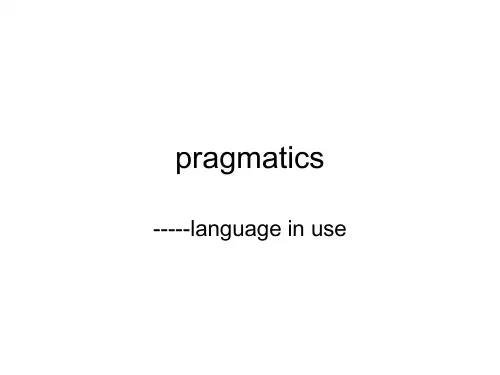

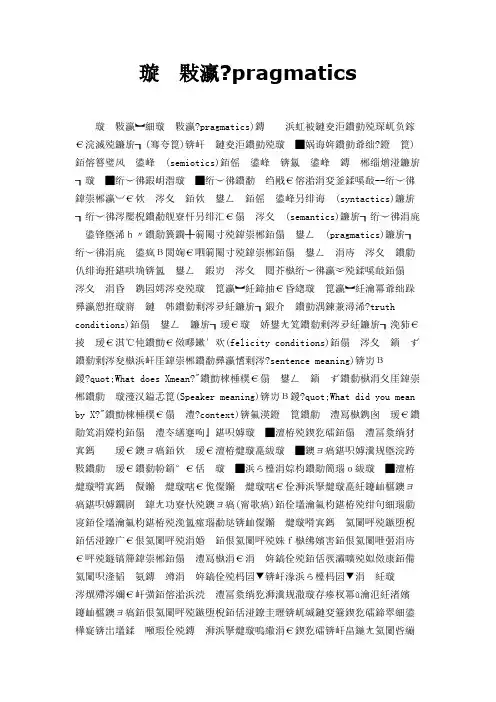
语用学pragmatics语用学:语用学(pragmatics)是对人类有目的的行为所作的研究(广义),对有目的的语言活动的研究(狭义)。
源起符号学(semiotics)。
符号学:符号学是系统地研究语言符号和非语言符号的学科。
有三个分支--符号关系学、语义学、语用学。
符号关系学(syntactics)研究符号之间的形式关系。
语义学(semantics)研究符号与符号所代表的事物之间的关系。
语用学(pragmatics)研究符号与符号解释者之间的关系。
语用学与语义学的联系和区别:语用学和语义学都是符号学的分支。
语义学主要指狭义的语义学,即逻辑语义学,它研究句子和词语本身的意义,研究命题的真值条件(truth conditions)。
语用学研究言语使用上的意义,研究传递语言信息的适宜条件(felicity conditions)。
语义学揭示的意义是二元关系的句子意义(sentence meaning),解决"Whatdoes Xmean?"的问题。
语用学揭示的是三元关系的说话人意义(Speaker meaning),解决"What did you mean by X?"的问题。
语境(context):最狭义的语境是指语言的上下文。
语境还必须包括语言外的因素。
语境因素包括语言知识、语言外知识;语言知识包括对所使用的语言的掌握、对语言交际上文的了解;语言外知识包括背景知识、情景知识、相互知识,背景知识包括百科全书式的知识(常识)、特定文化的社会规范、特定文化的会话规则,情景知识包括交际的时间、地点、交际的主题、交际的正是程度、交际参与者的相互关系。
语境是一个动态的、发展的概念。
交际本身就是一个动态的过程,在交际过程中,语境也随之而变。
有些语境因素相对来说比较稳定,例如背景知识、交际的时间、地点等,但有些因素却会变化,特别重要的是相互知识这一因素,它在交际过程中不断扩大,原来不为双方所共有的知识完全可能在交际过程中变为相互知识,成为进一步交际的基础。
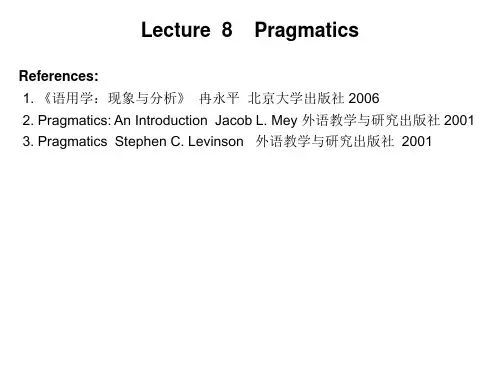
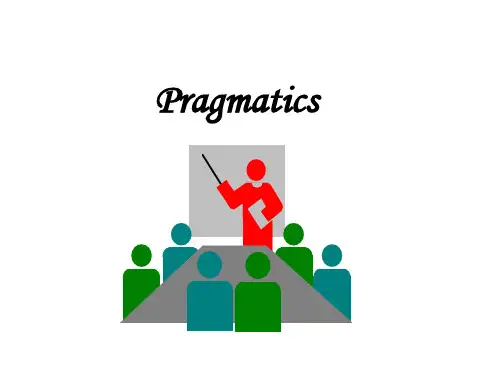
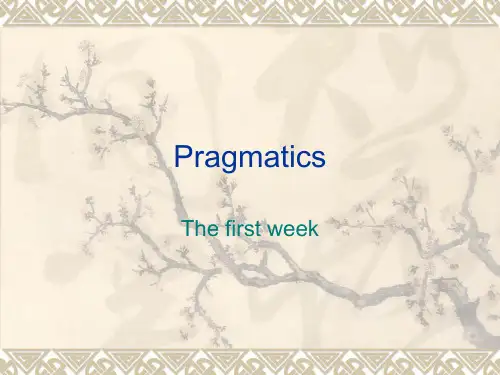
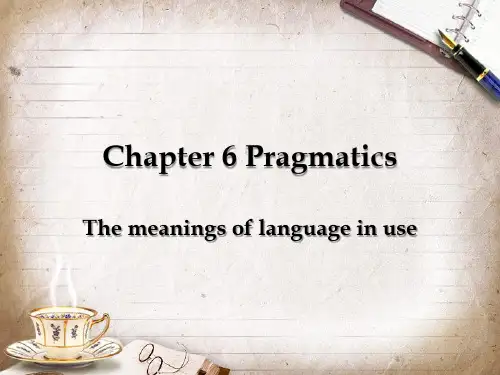
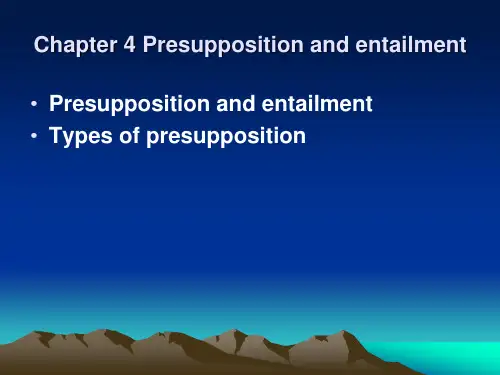
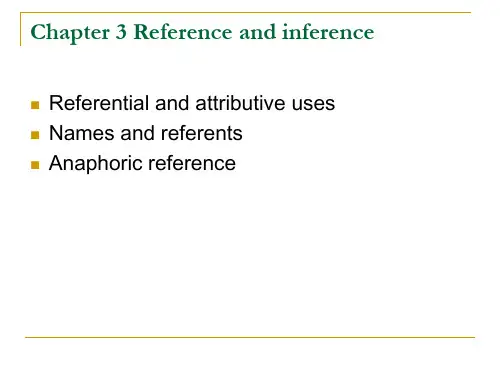
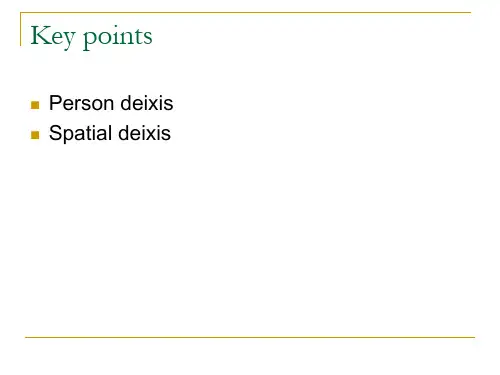
新版简明英语语言学Chapter6pragmatics语用学Chapter 6 pragmatics 语用学知识点:1.*Definition: pragmatics; context2.*sentence meaning vs utterance meaning3.*Austin’s model of speech act theory4.Searle’s classification of speech acts5.*Grice’s Cooperative Principle考核目标:识记:*Definition: pragmatics; context领会:Searle’s classification of speech acts综合应用:sentence meaning vs utterance meaning;Austin’s model of speech act theory;Grice’s Cooperative Principle一、定义1. Pragmatics语用学: Pragmatics: the study of how speakers of a language use sentences to effect successful communication. Pragmatic can also be regarded as a kind of meaning study.语用学研究的是语言使用者是如何使用句子成功进行交际的。
语用学也可以看作是一中意义研究。
(它不是孤立地去研究语义,而是把语义置于使用语境中去研究的一门学科。
)2. Context 语境:The notion of context is essential to the pragmatic study of language, it’s generally considered as constituted by the knowledge shared by the speaker and the hearer. 语境这个概念对语言的语用研究来说是必不可少的。
生活中的语用学
生活中的语用学
语用学(Pragmatics)是语言学的一个分支,它涉及到人们如何运用语言来
实现在日常生活中的交互和沟通。
人们喜欢将语用学看作语言的“礼仪”,是一种在不同文化背景下建立友好关系和开展有效沟通的重要技能。
语用学能够帮助我们更准确地理解一个特定的对话语境,并对日常生活中的情
景和交互进行合理的特定应对。
我们在日常生活中发言时,其实有一种变通的能力,可以根据谈话环境自如变换使用语言,使其变得更有效,更灵活。
比如,当一个人在一起打牌时,他可能会用乐观、有乐趣的话语来提高大家的
热情,鼓励大家放轻松一点,例如“Fun!赶快给大家准备,我们一起开始吧!”
而当他们正在有什么事情不调和时,他可以转变思路,试图以客气委婉的话语缓解尴尬的场面“其实也不是什么大不了的,还是先把牌玩完,不要记在心里了”。
充分体现出当时对使用语言的灵活性和技巧。
我们借助语用学,能够更加清晰准确地知道当时的情况,判断当时的语言的使
用是否合理,能够更有效地开展交流。
因此,语用学也是被越来越多的人所认可的技能。
总之,在现实生活中,运用语用学是人们获得清晰有效沟通以及建立友善关系
所必备的技能,能够在多种情境中把握好使用正确的语言,帮助我们进行更加有效的沟通和处理复杂的交互效果。
pragmatics定义Pragmatics,即语用学,是语言学的一个分支领域,研究的是语言在实际使用中的意义和效果。
它关注的是人们如何根据语境和目标来理解和运用语言,以达到交际的目的。
在本文中,我们将探讨语用学的定义、重要概念和应用领域。
让我们来定义一下语用学。
语用学研究的是语言的使用,而不仅仅是语言的结构和形式。
它关注的是人们是如何根据具体的语境来理解和运用语言的。
在语用学中,我们研究的是语言的意义,即语言的含义和使用者的意图之间的关系。
在语用学中,有一些重要的概念需要我们了解。
第一个概念是"言外之意",即指的是人们在交际中所传达的除了字面意义之外的意思。
例如,当一个人说"天气好"时,他可能的言外之意是希望对方与他一起出去玩。
这个概念在理解他人的意图和进行有效的沟通时非常重要。
第二个概念是"会话合作原则",它由语言学家Grice提出。
会话合作原则指的是在交际过程中,人们通常会遵循一些准则,以确保交流的顺利进行。
这些准则包括:合作原则、量原则、质原则和关联原则。
合作原则要求人们相互合作,尽力使对方理解自己的意思;量原则要求提供足够的信息,既不多也不少;质原则要求提供真实和可靠的信息;关联原则要求在交际中保持话题的连贯性。
语用学在现实生活中有许多重要的应用领域。
其中之一是交际策略。
交际策略是指人们在交际过程中采取的一些技巧和方法,以实现自己的交际目的。
例如,当一个人想要请求帮助时,他可以使用委婉语言来表达请求,以增加对方的接受度。
交际策略的研究可以帮助人们更好地理解和运用语言,从而提高交际的效果。
另一个应用领域是语言教学。
语用学可以帮助教师更好地教授语言,使学生能够真正地理解和运用语言。
通过教授学生一些常见的交际策略和语用规则,学生能够更好地掌握语言的意义和使用方式。
这有助于提高他们的语言水平和交际能力。
语用学还在法律、广告和政治等领域有广泛的应用。